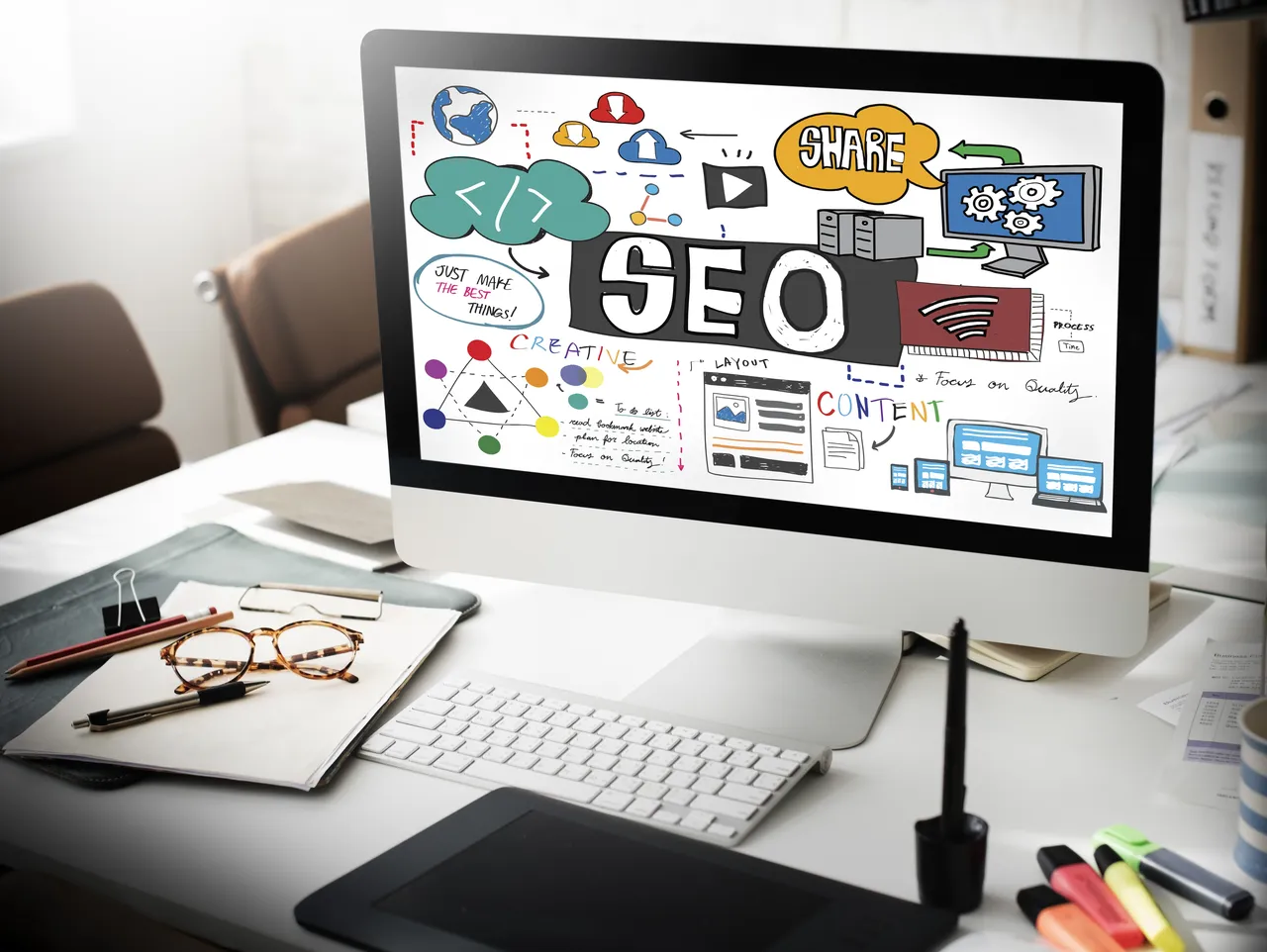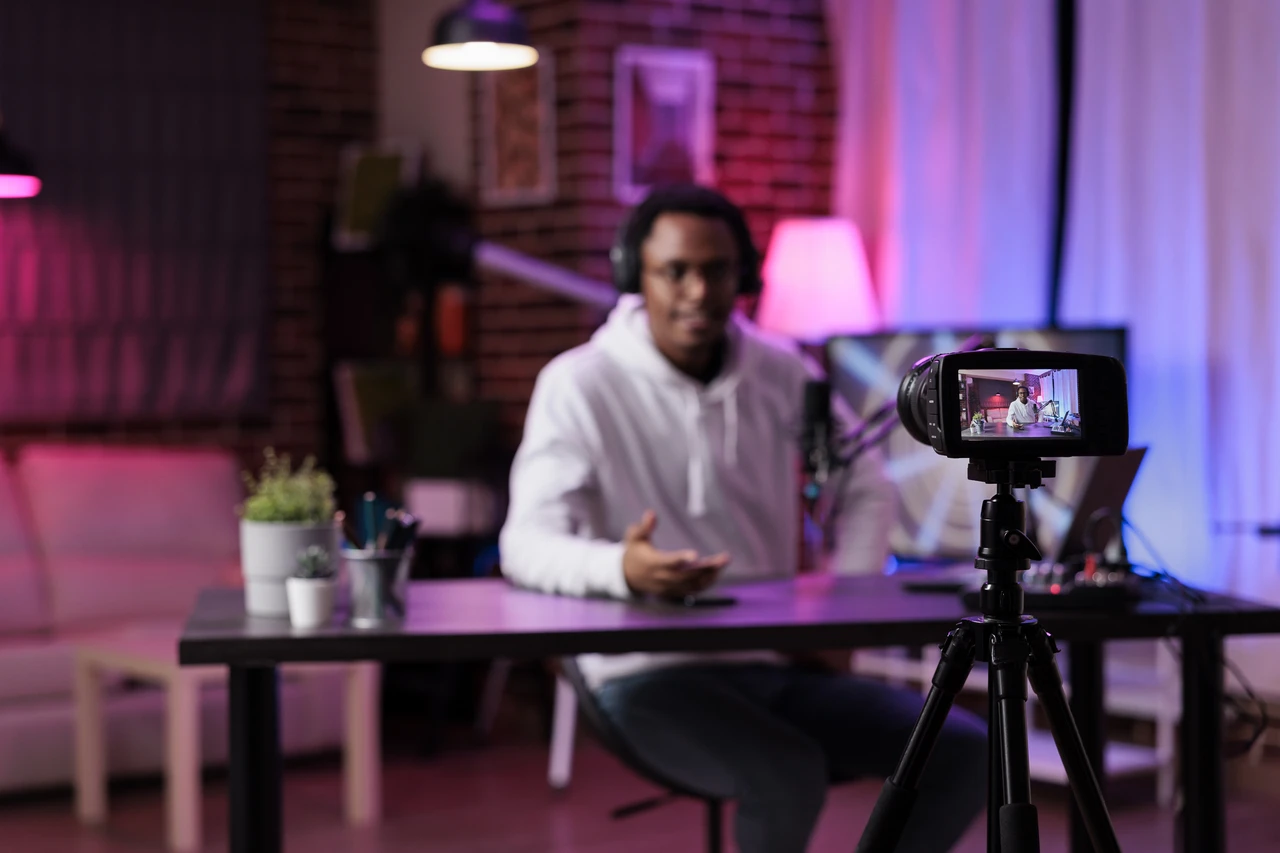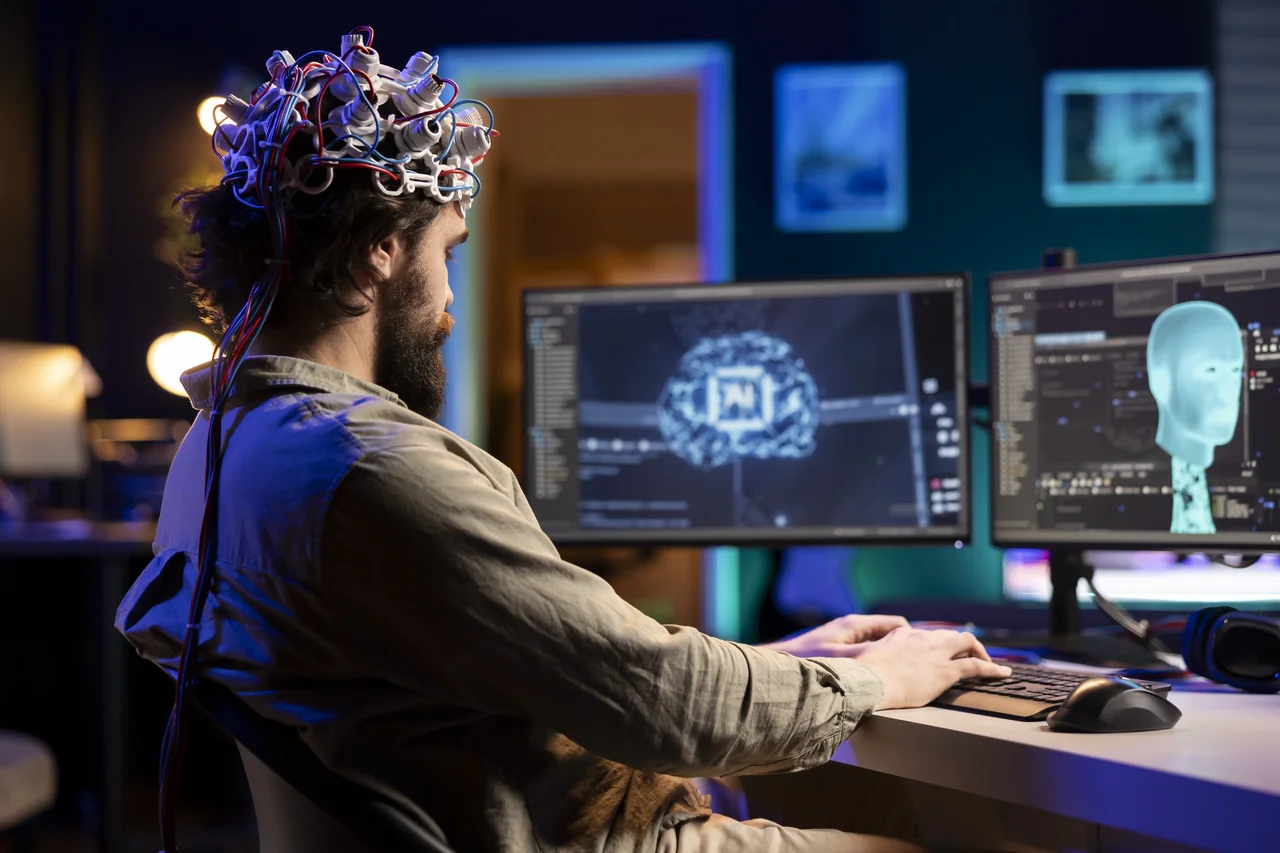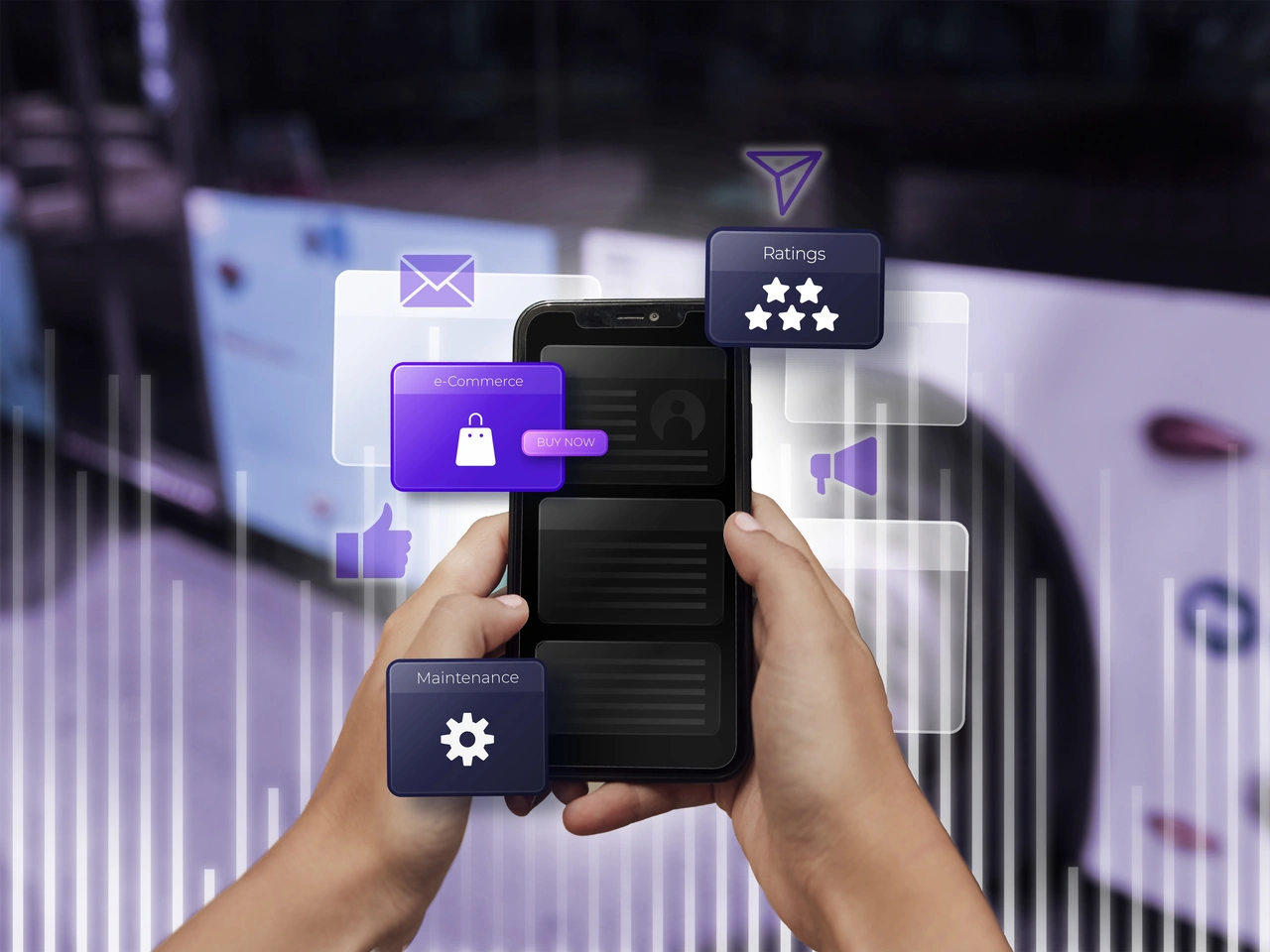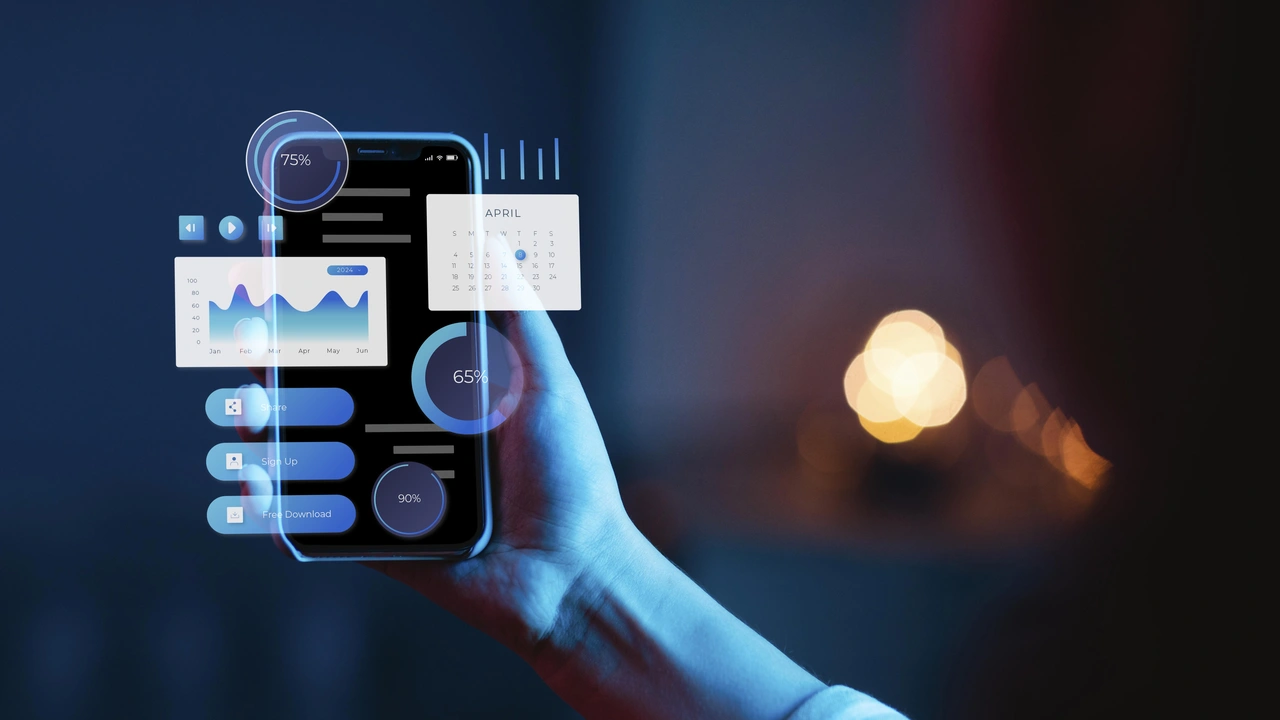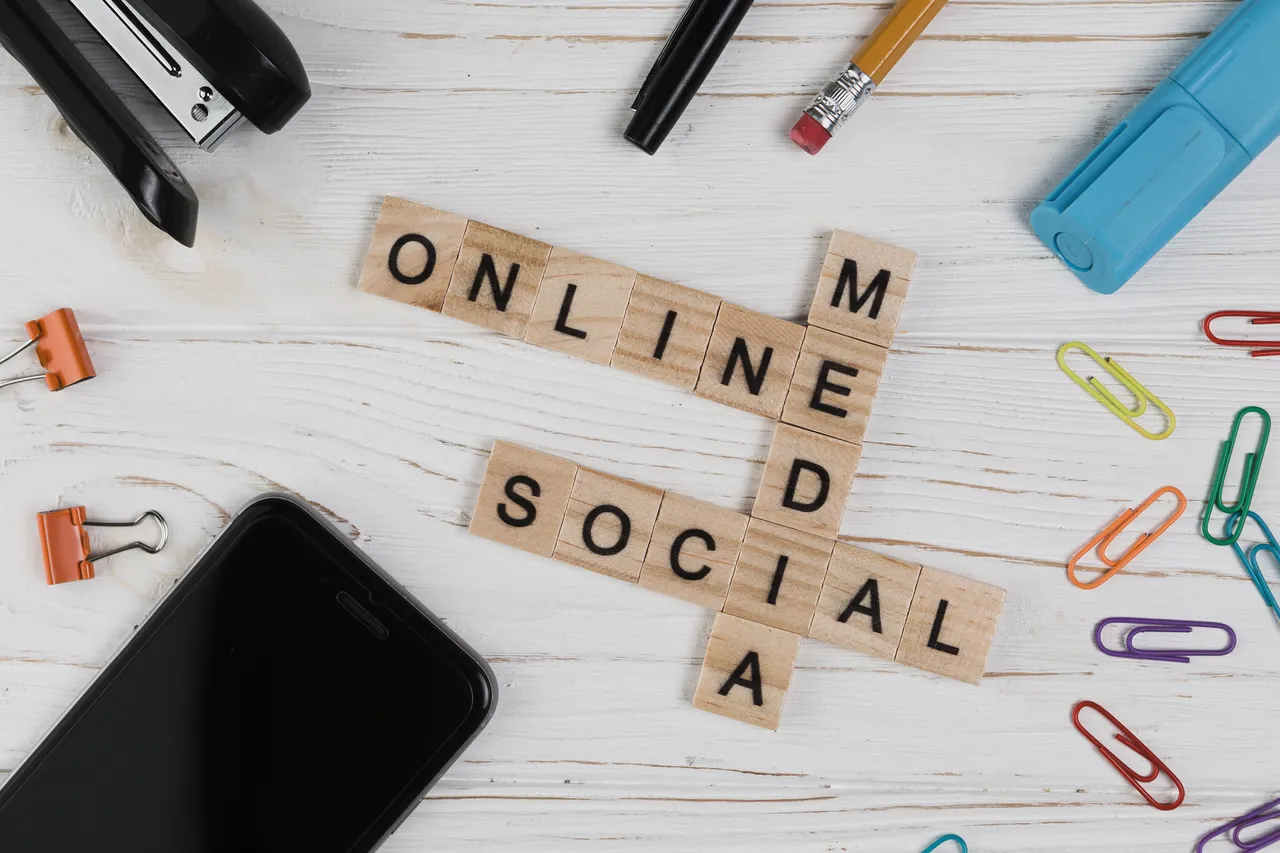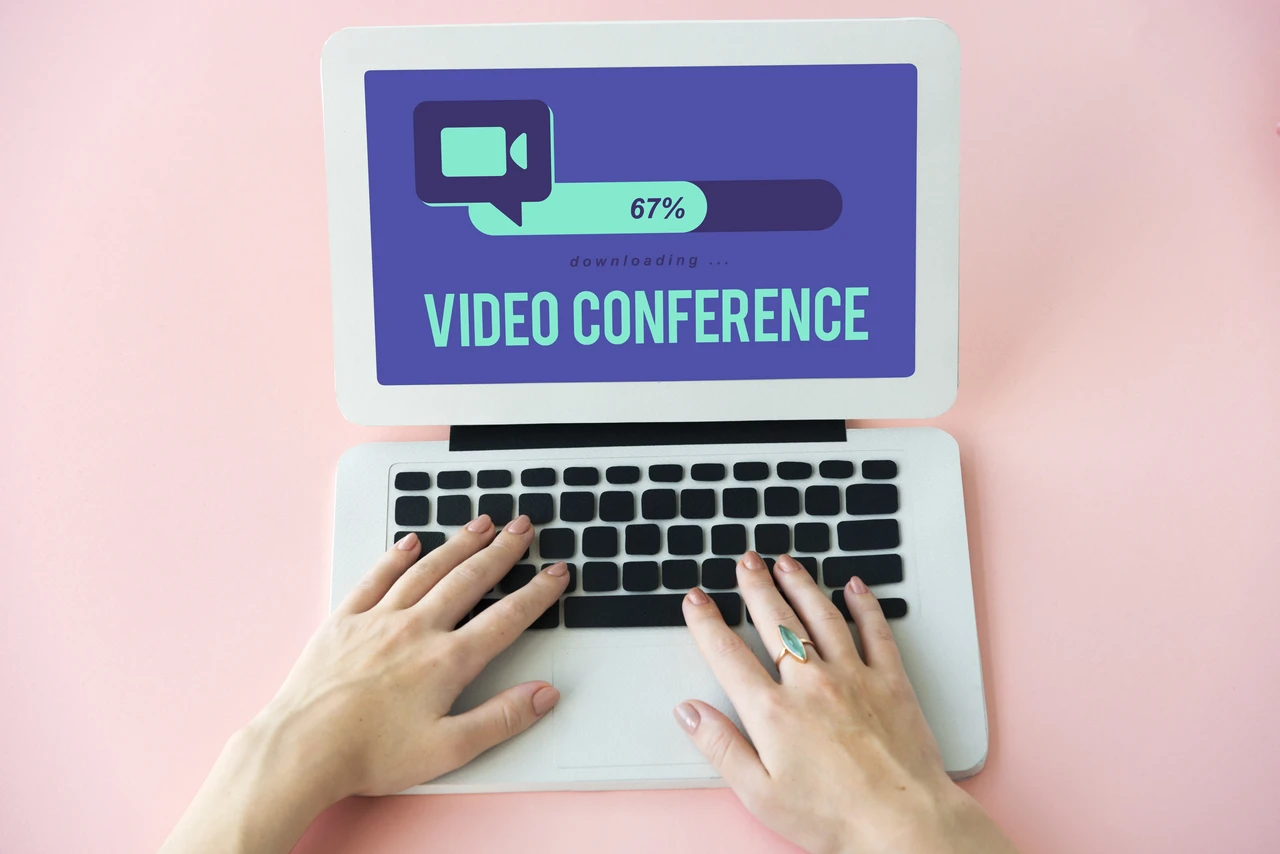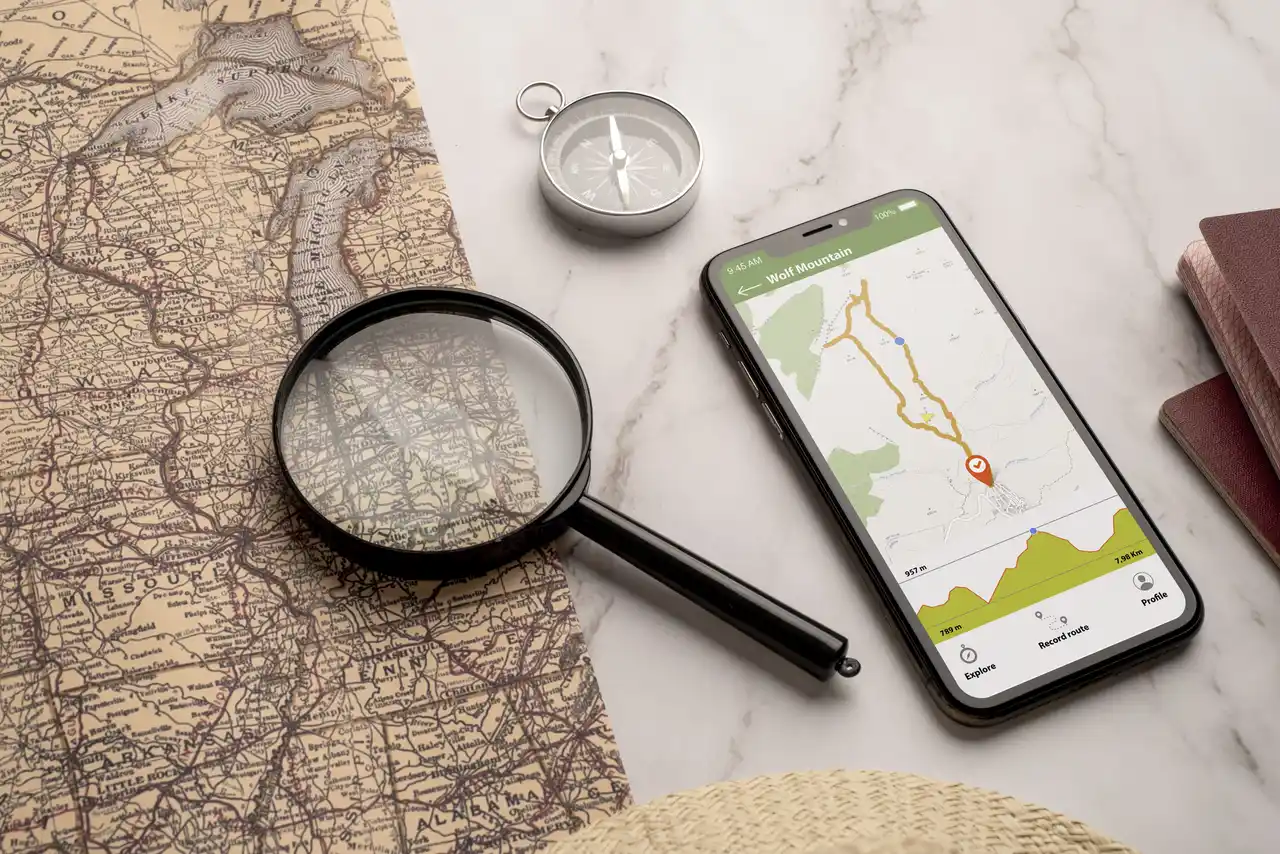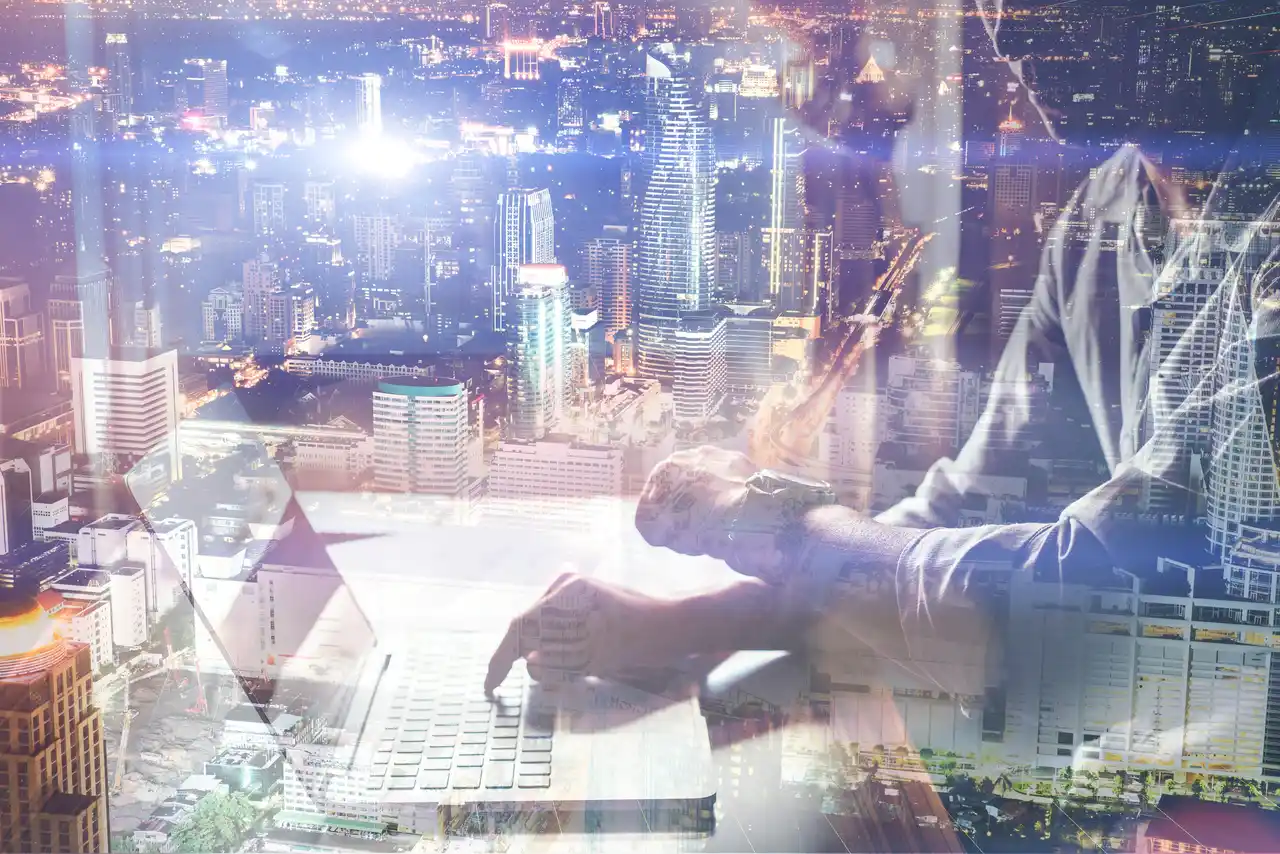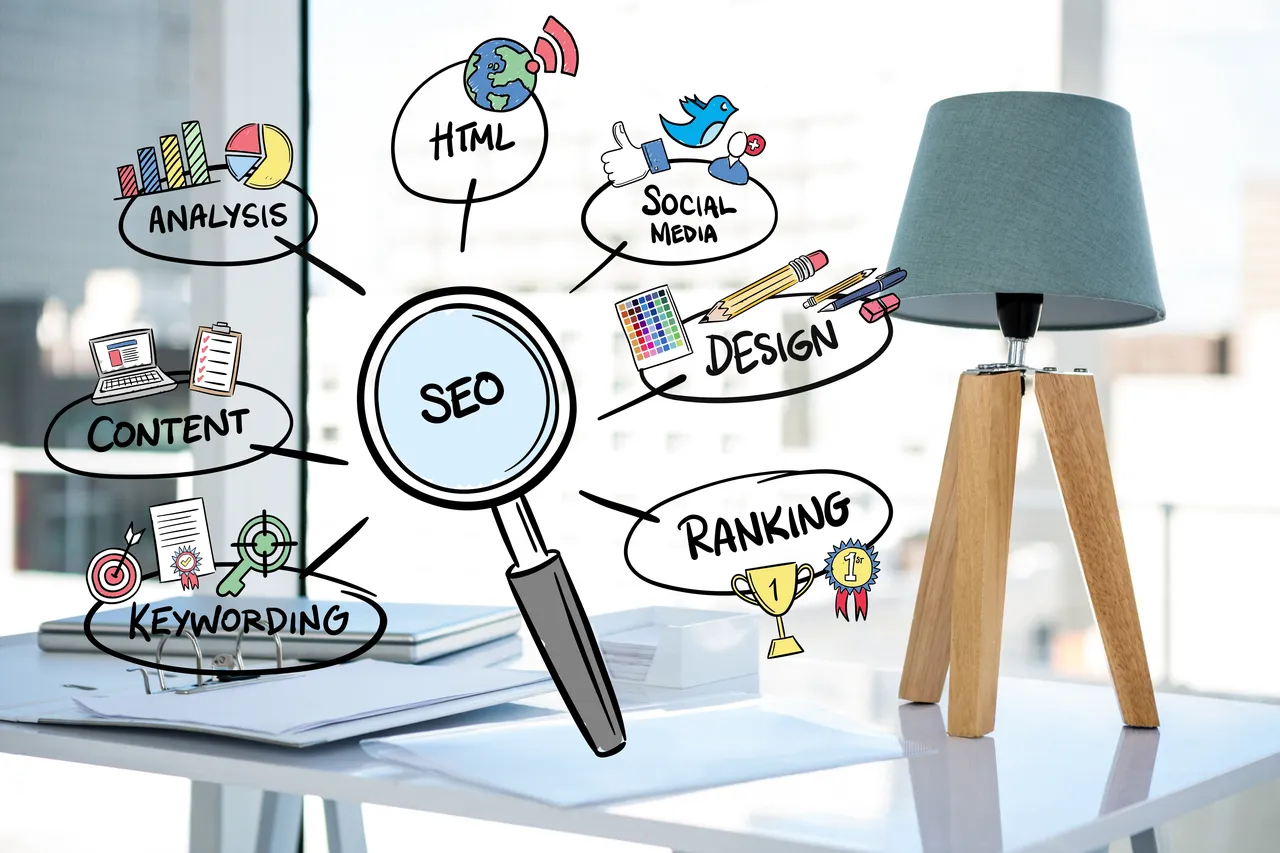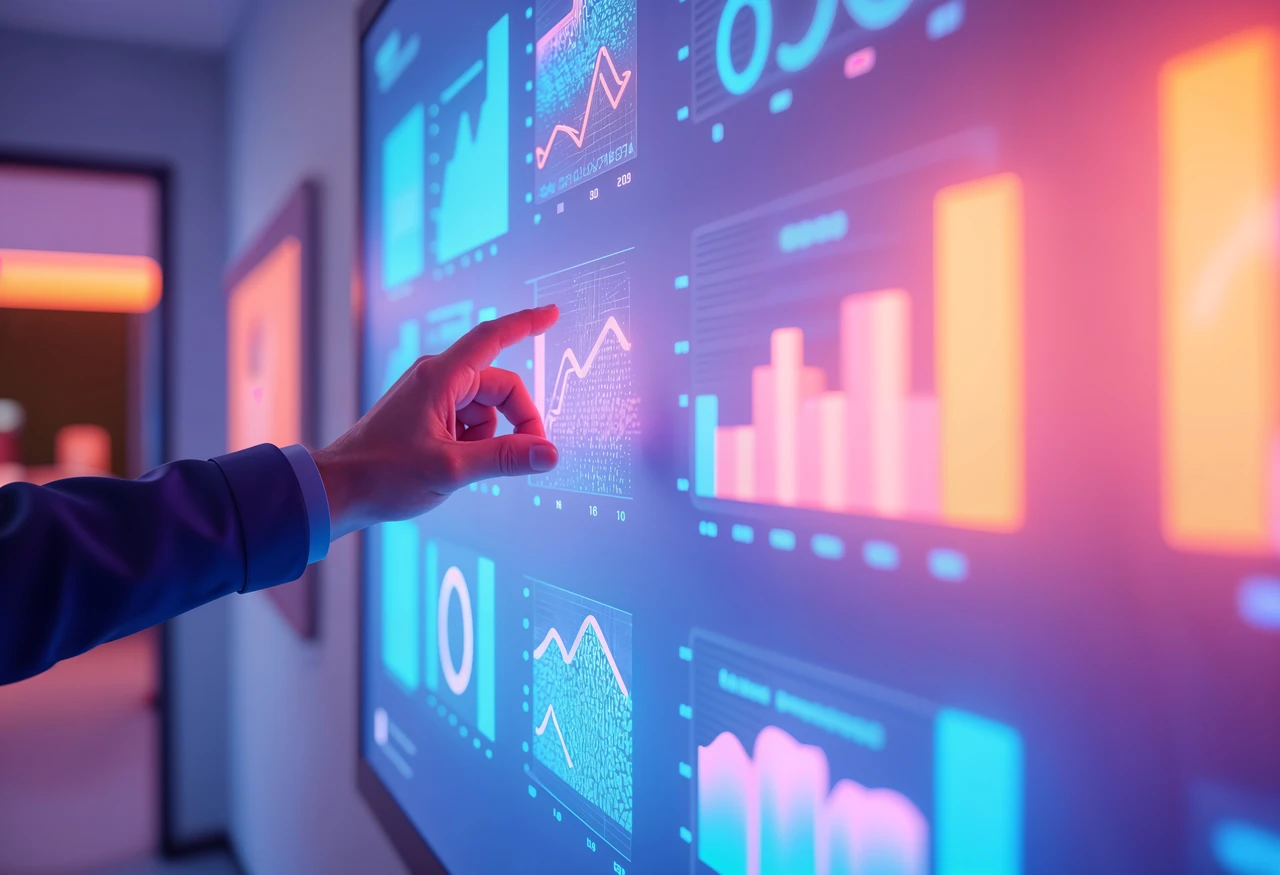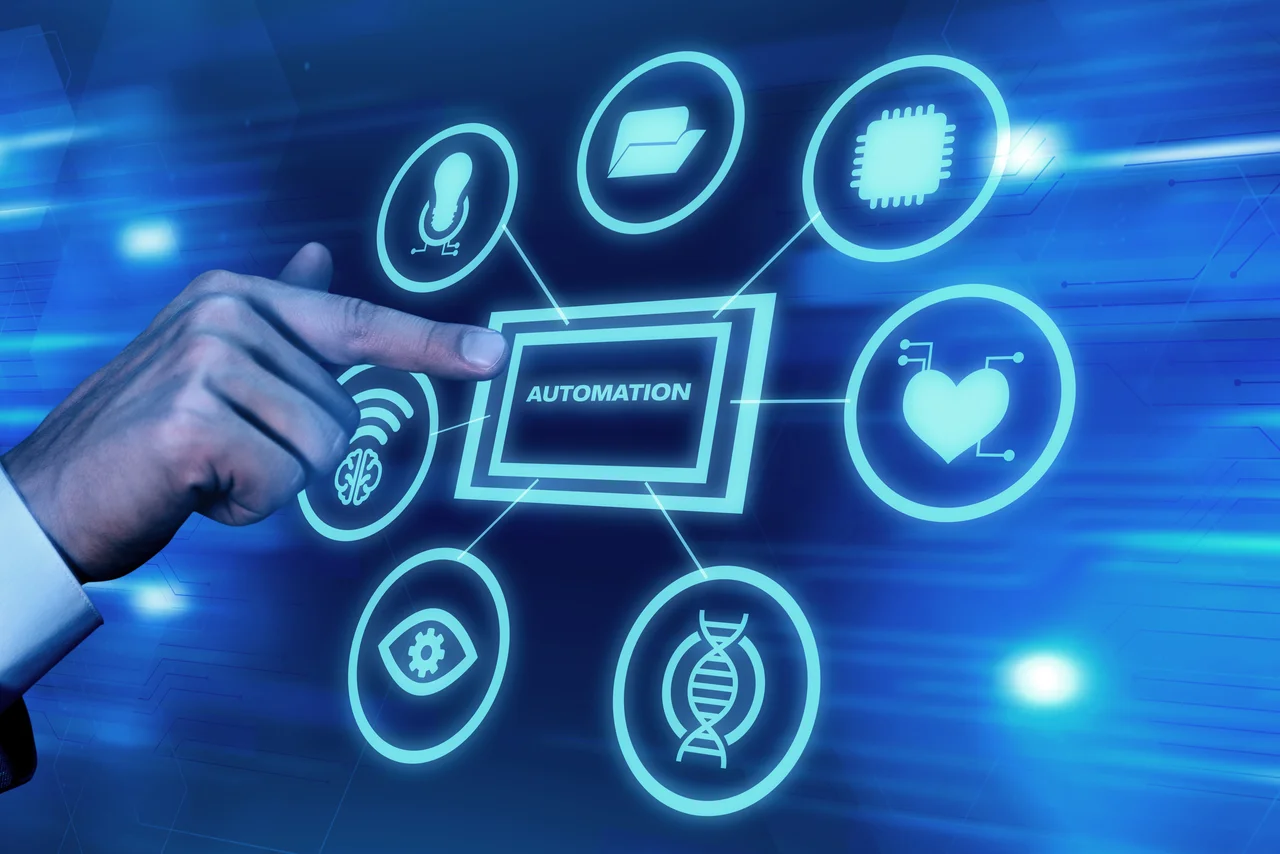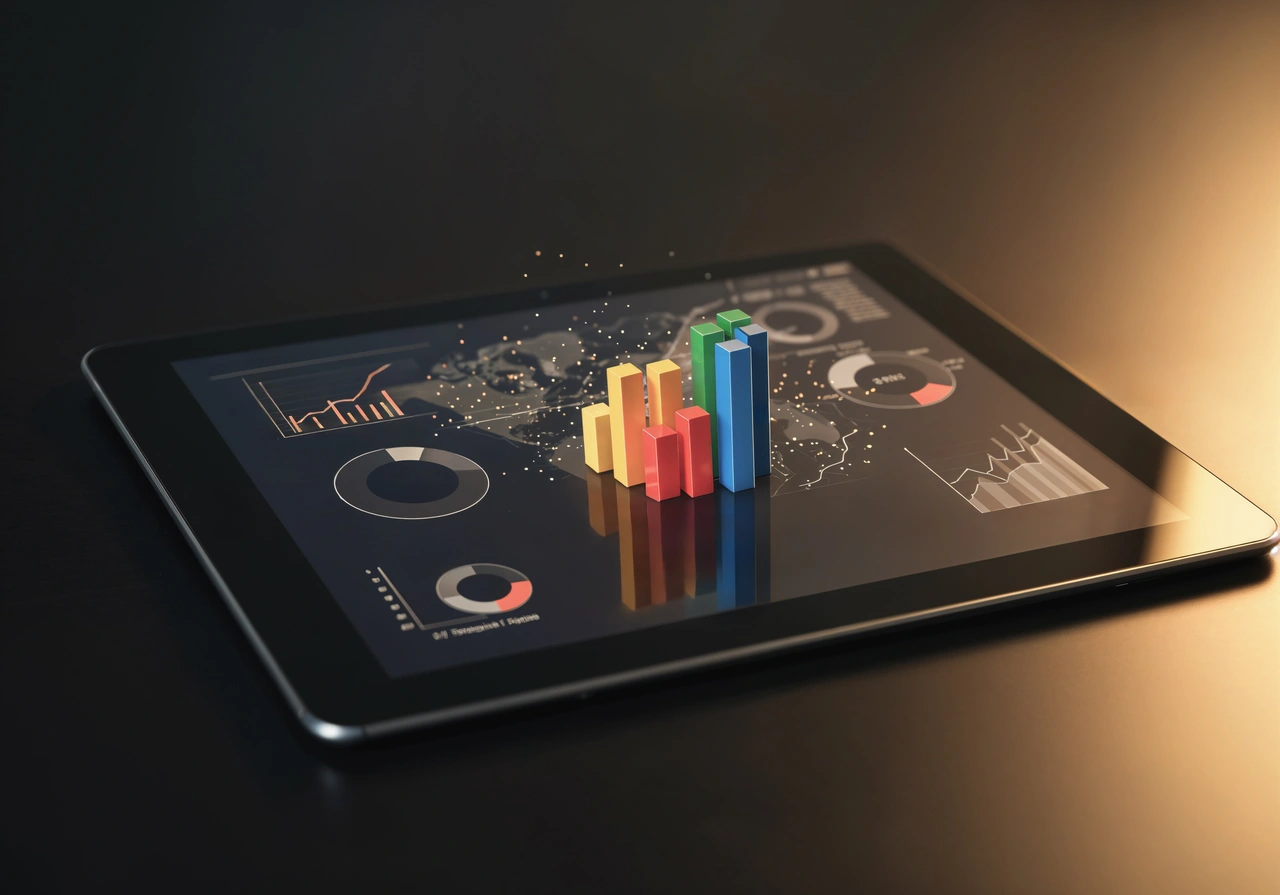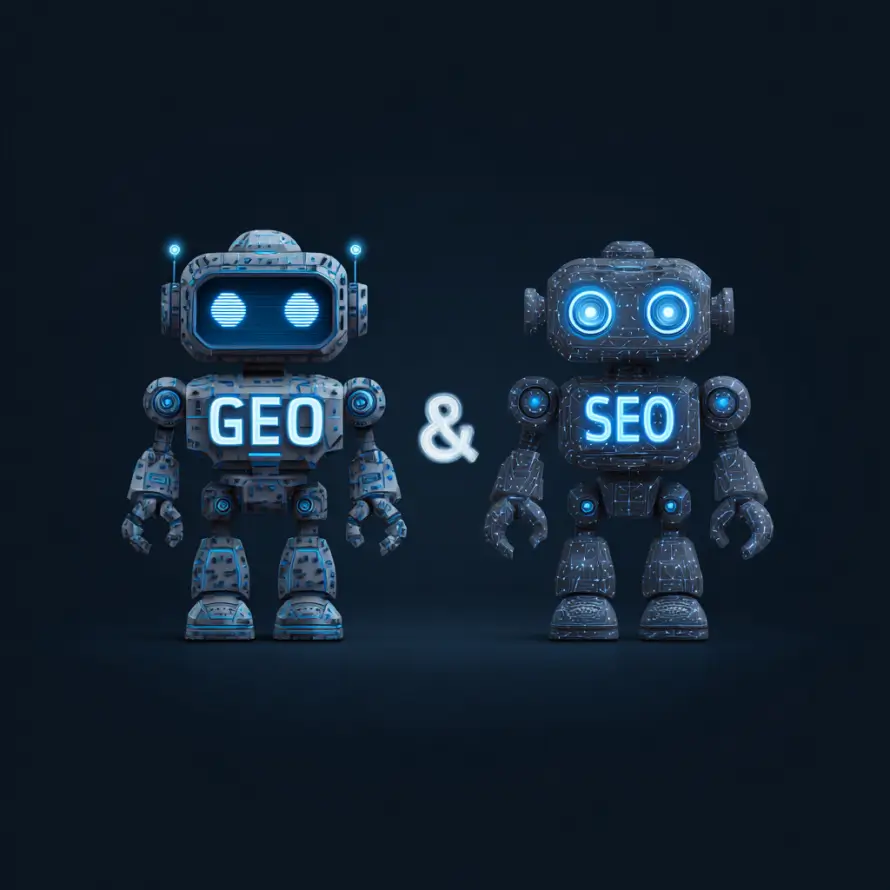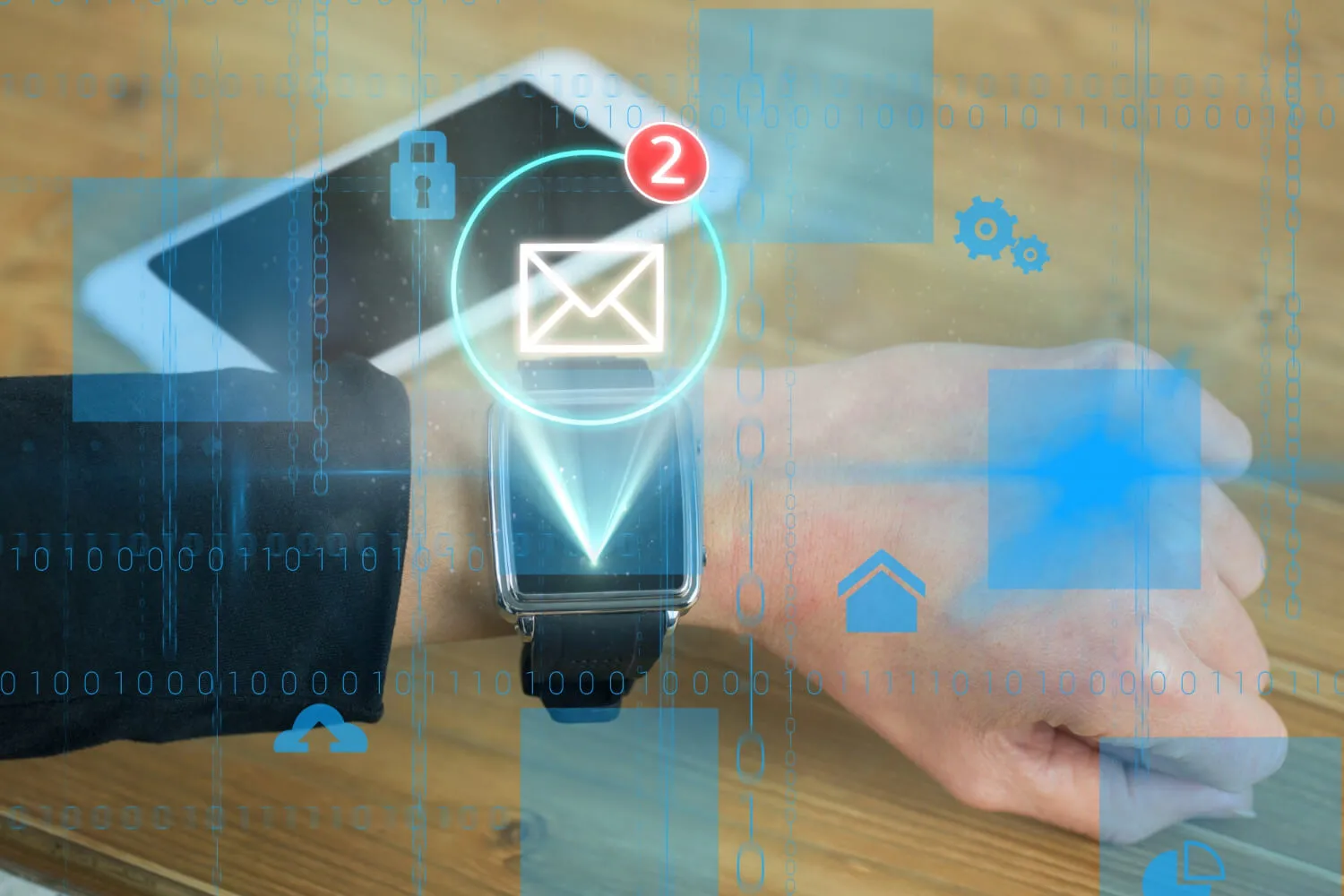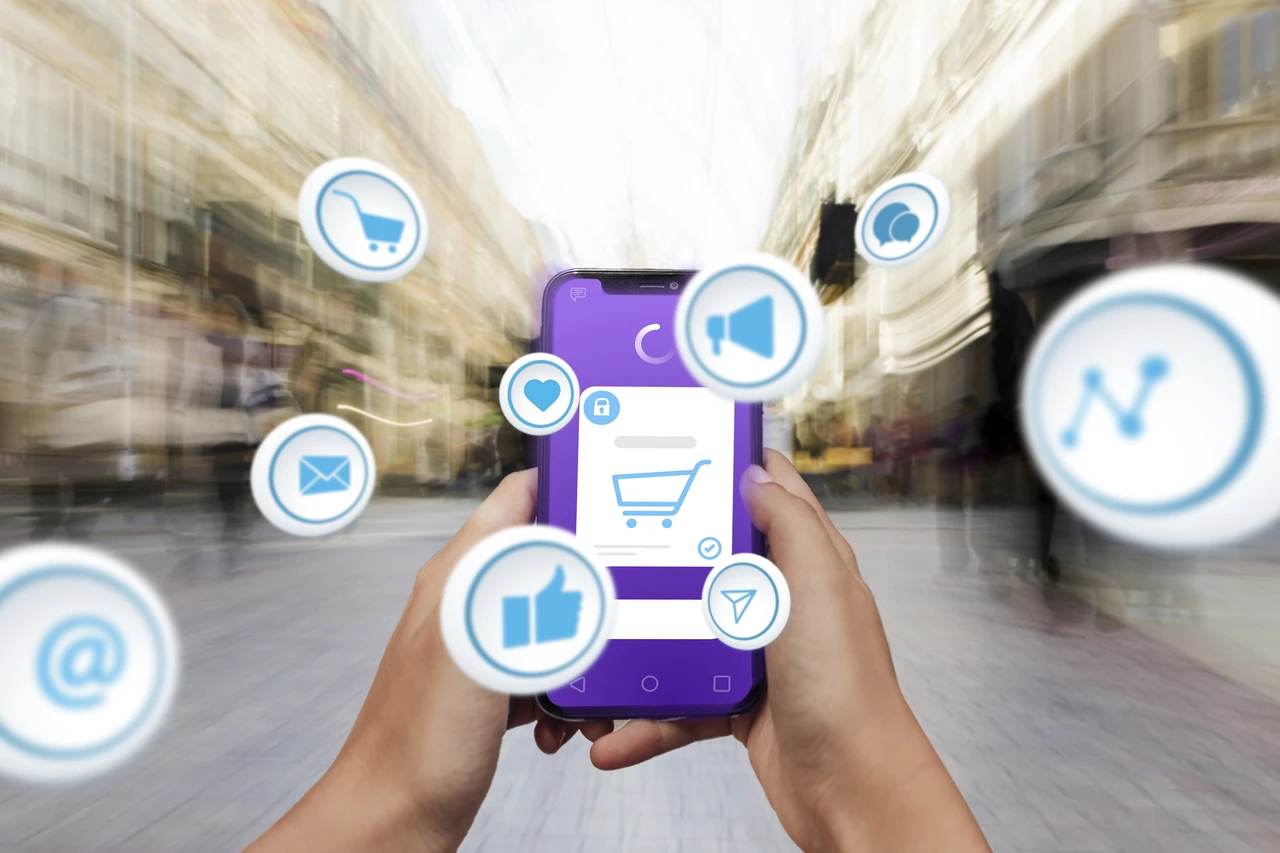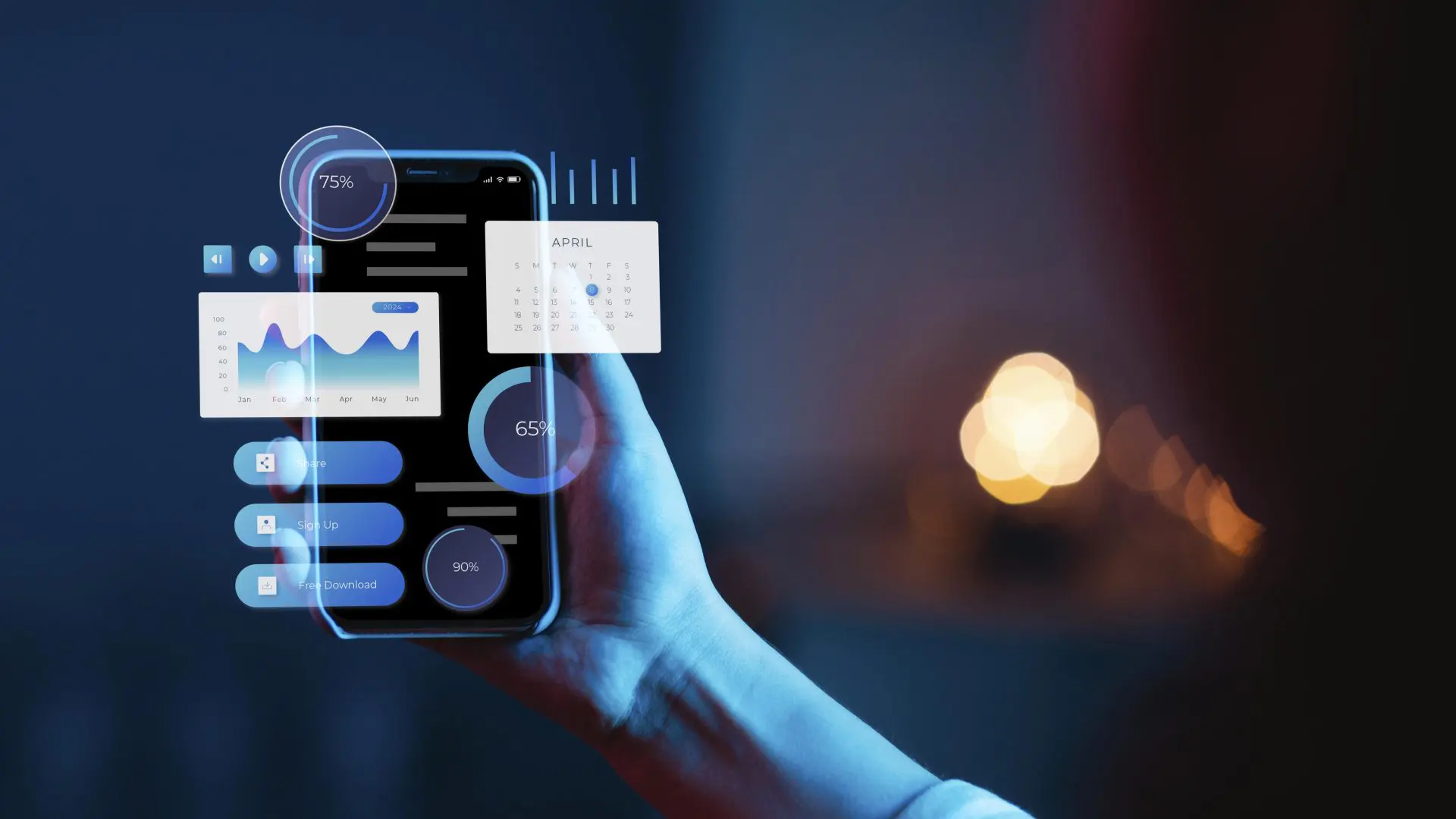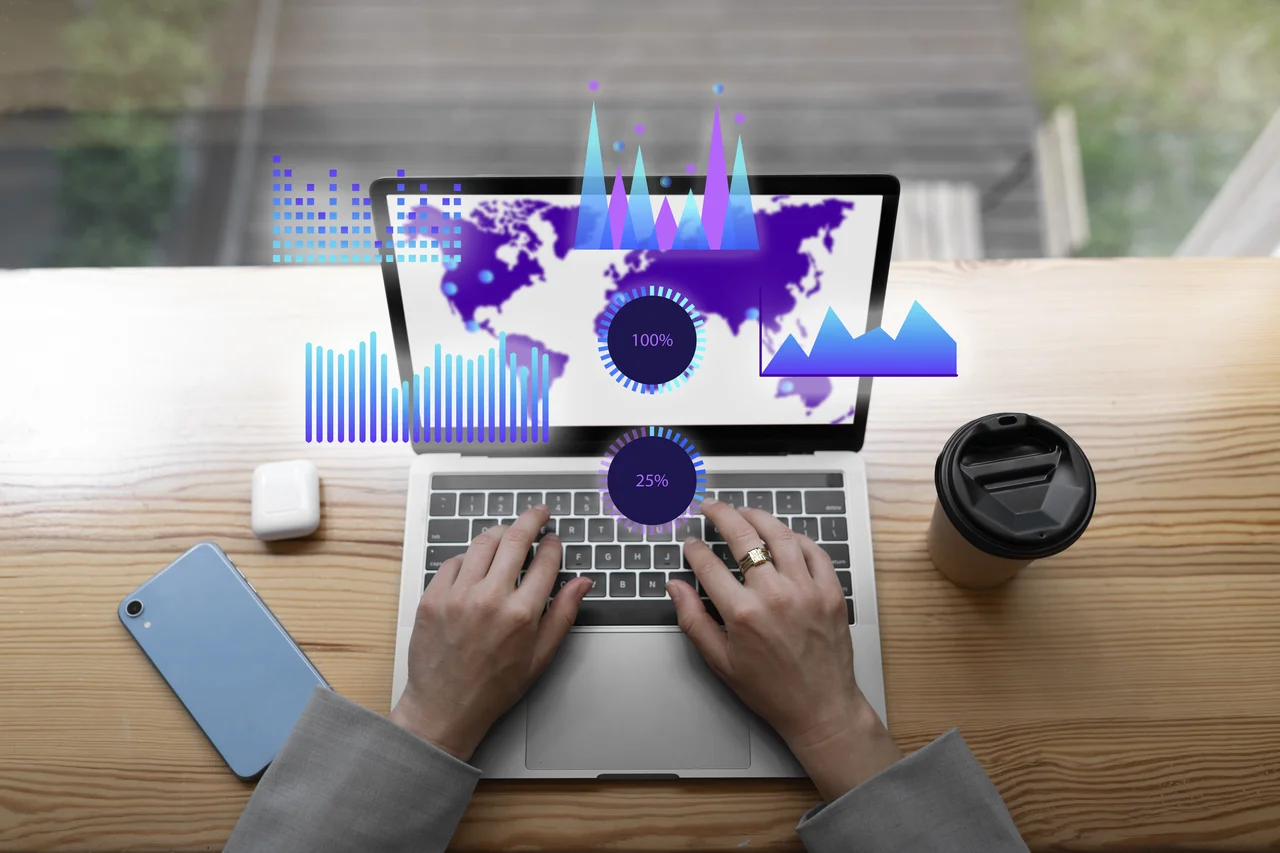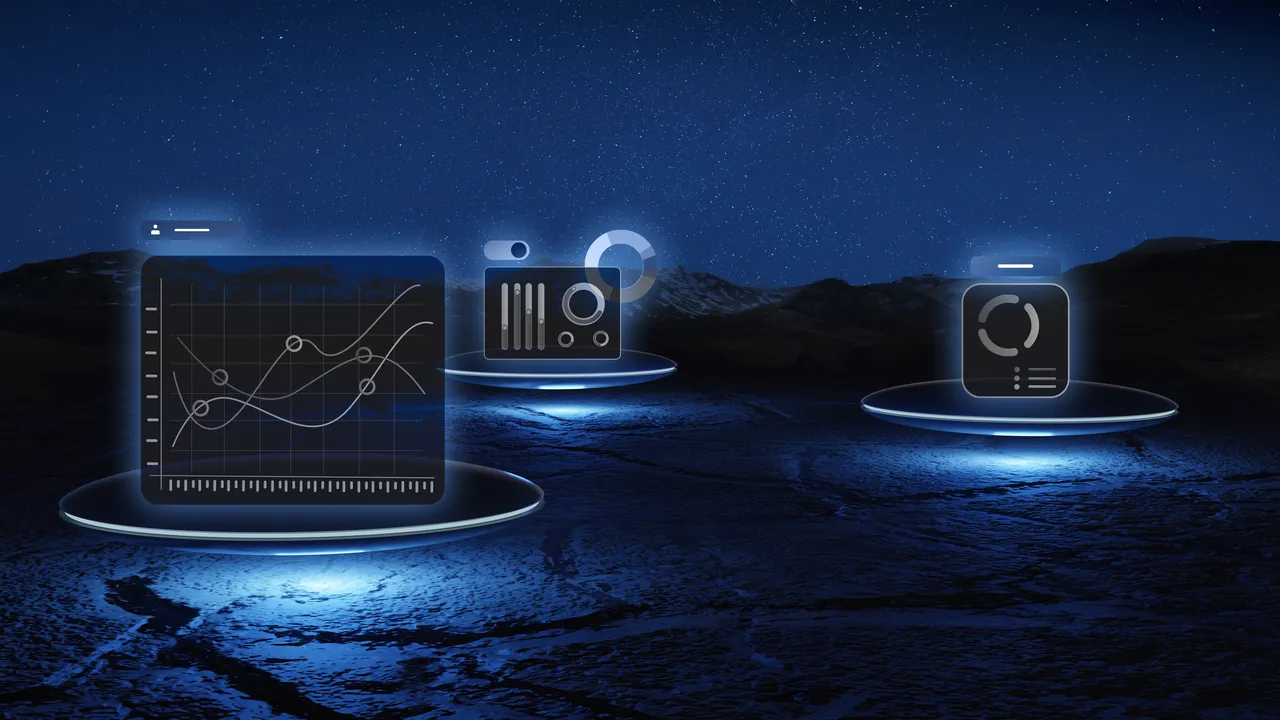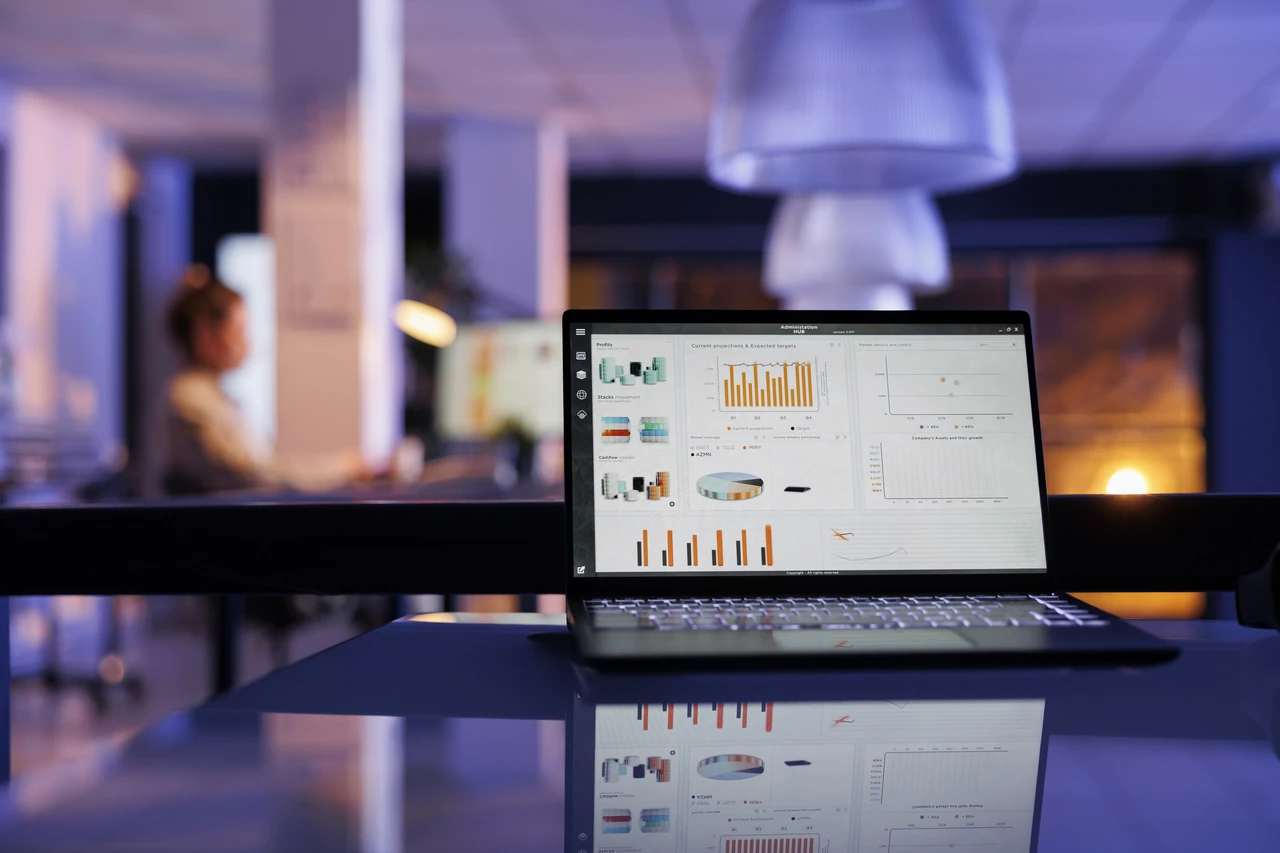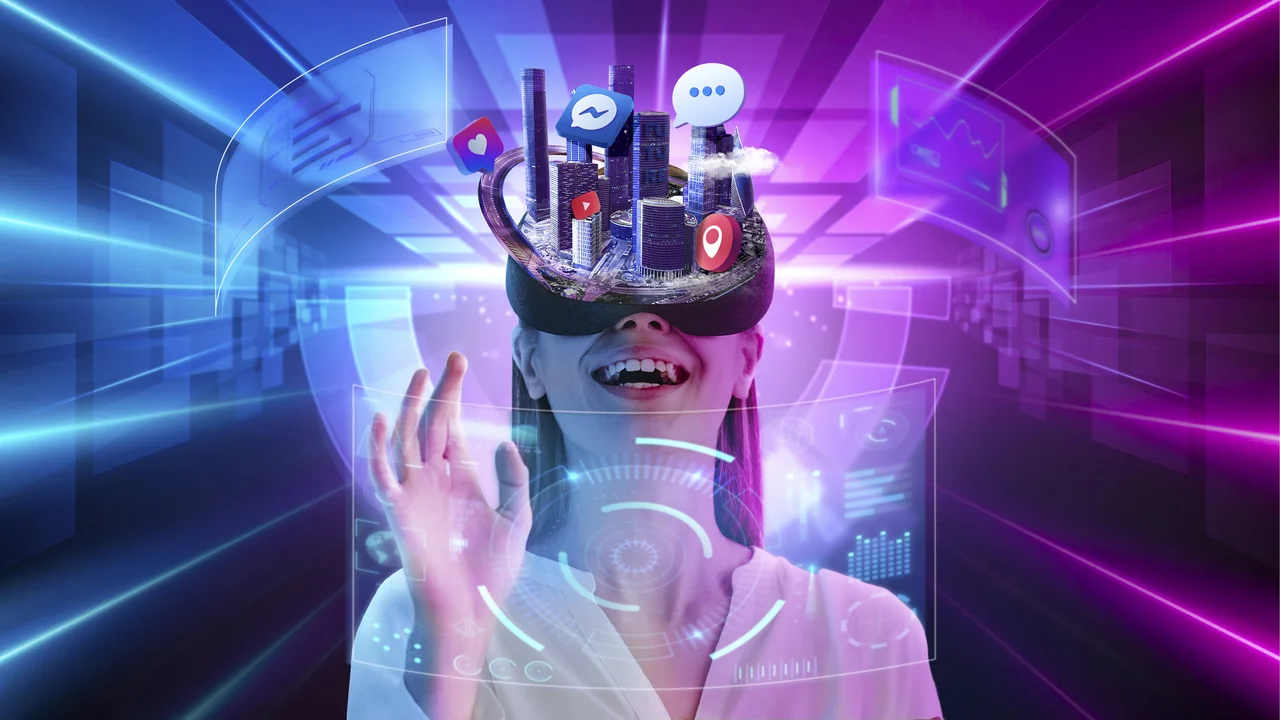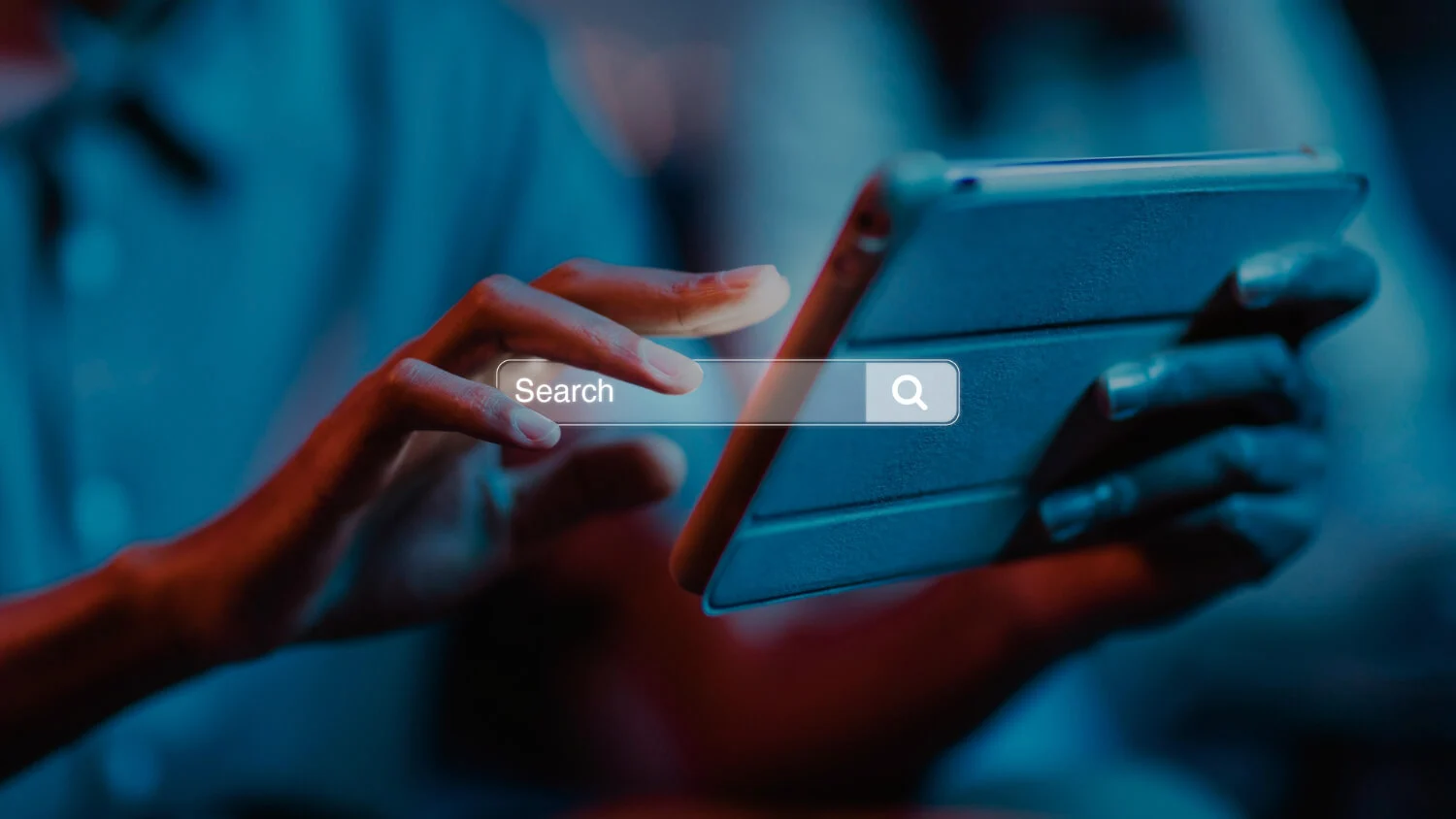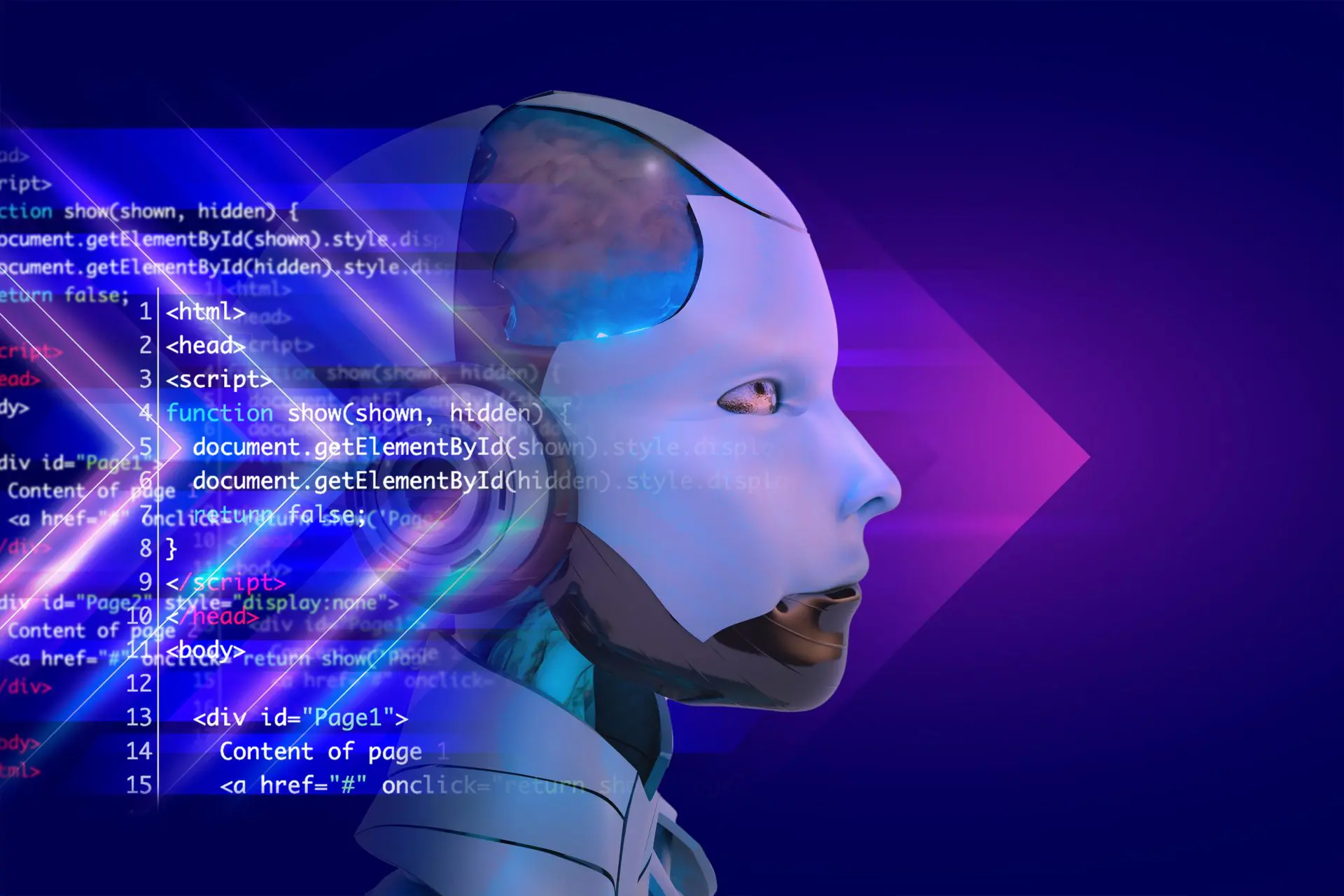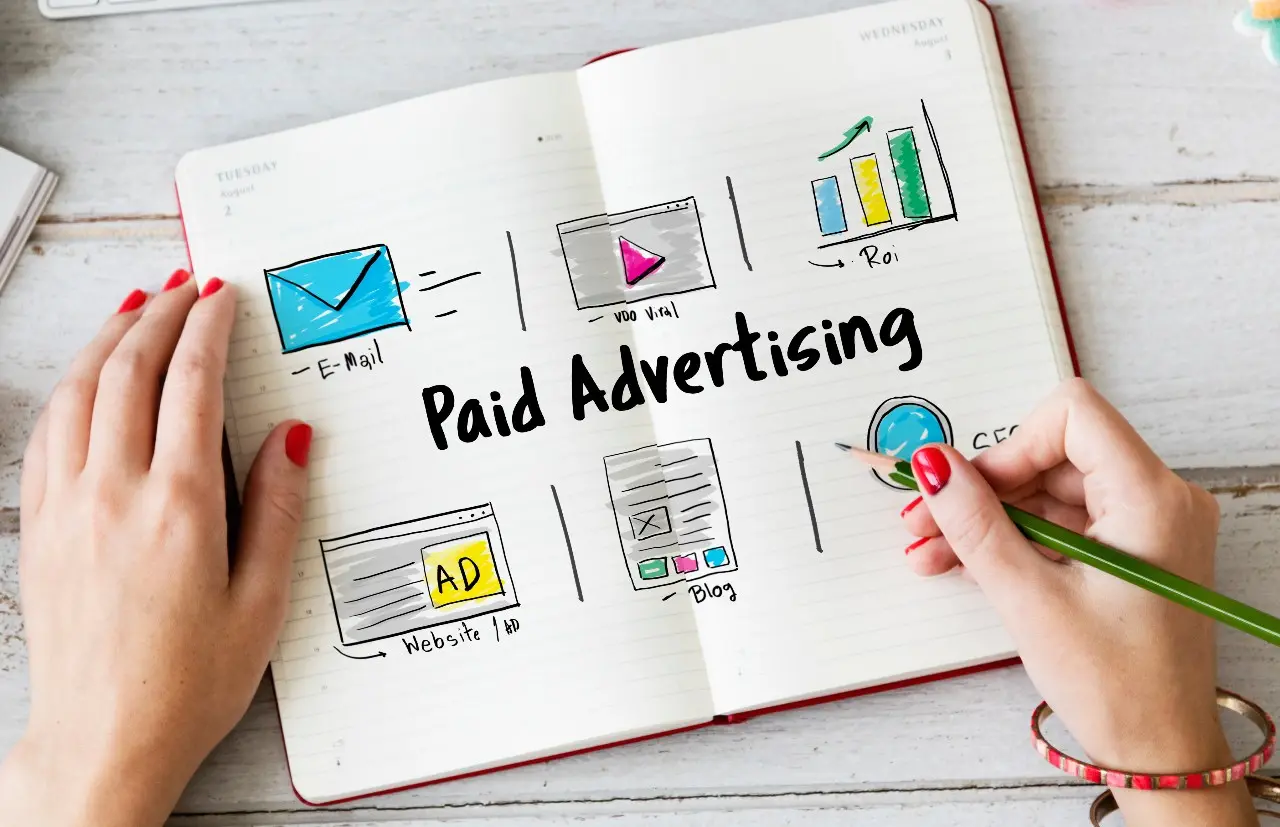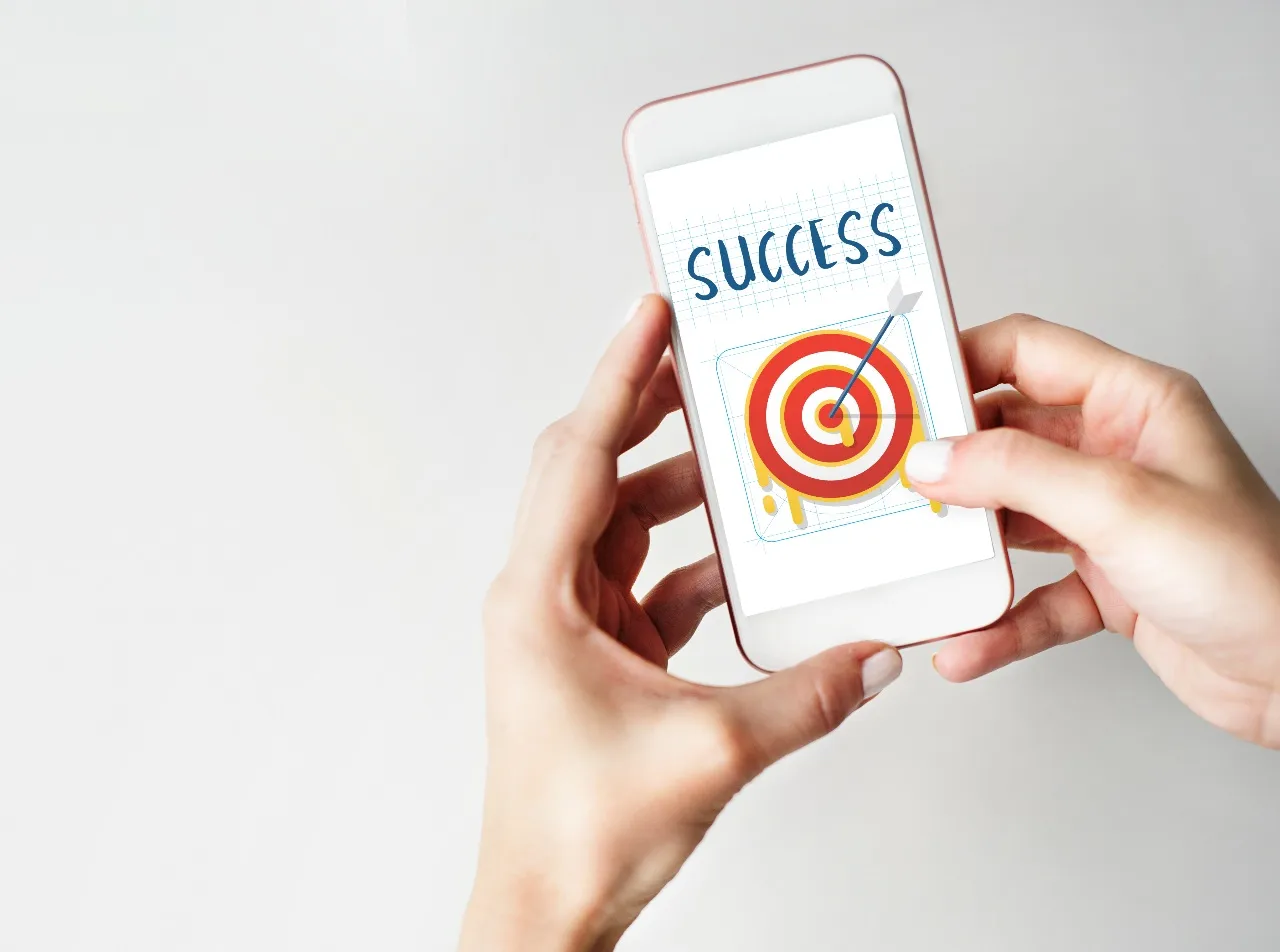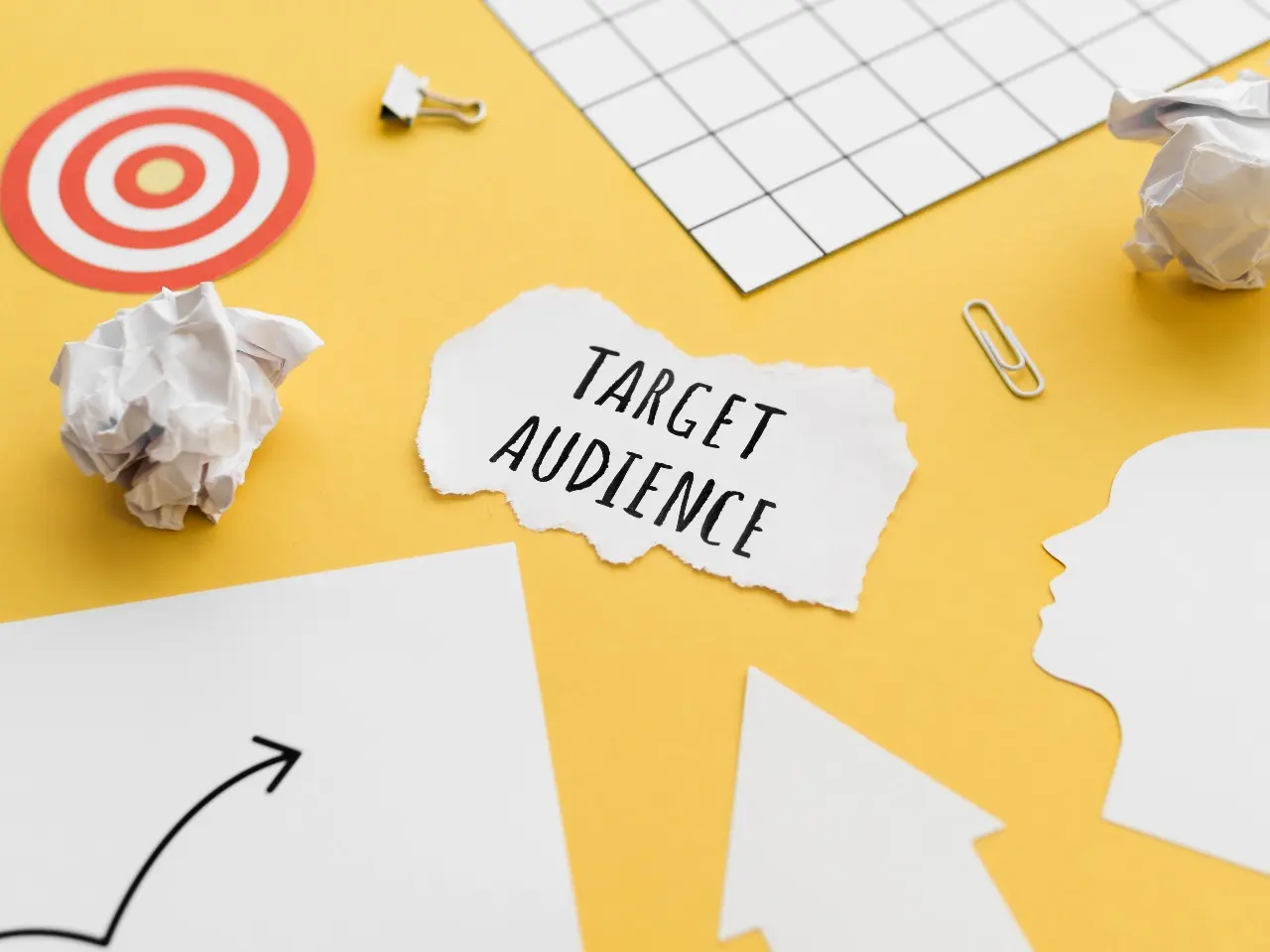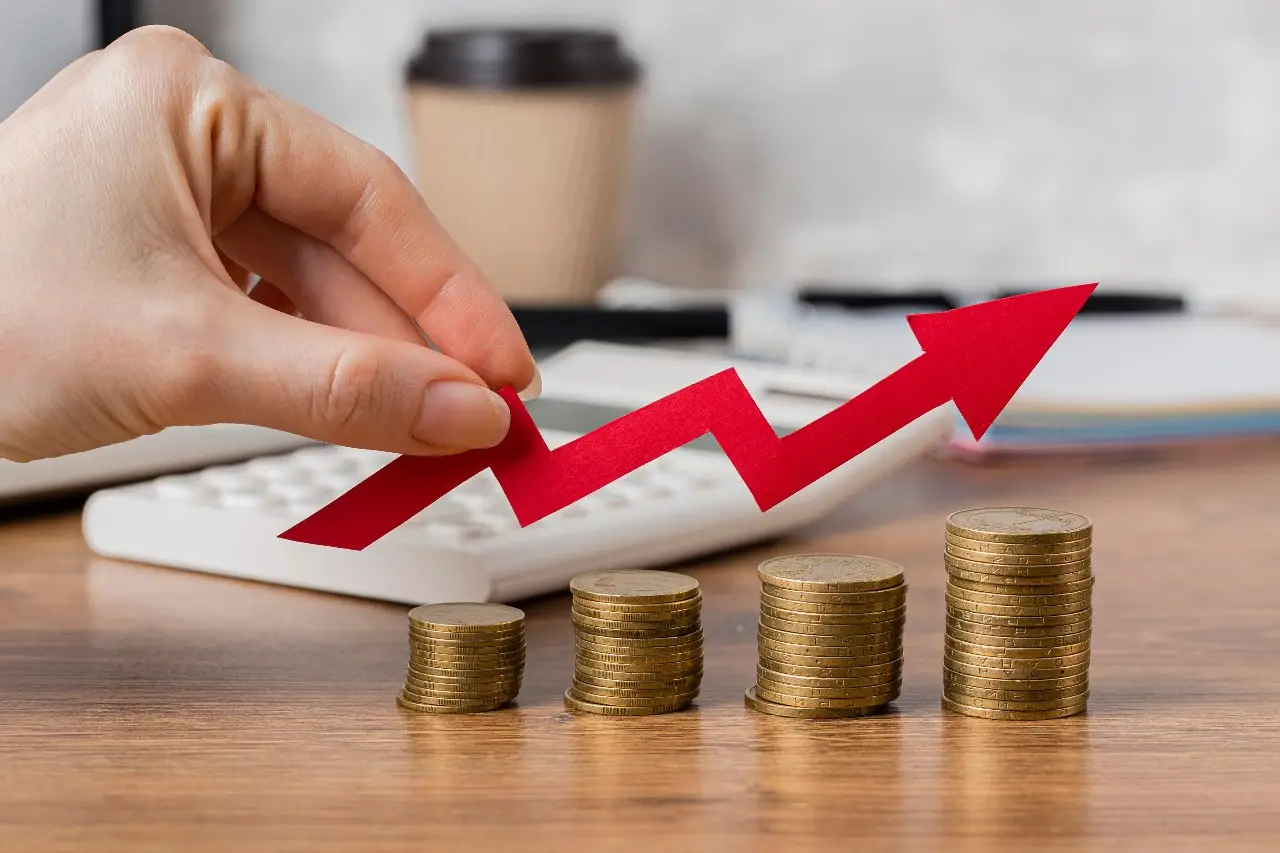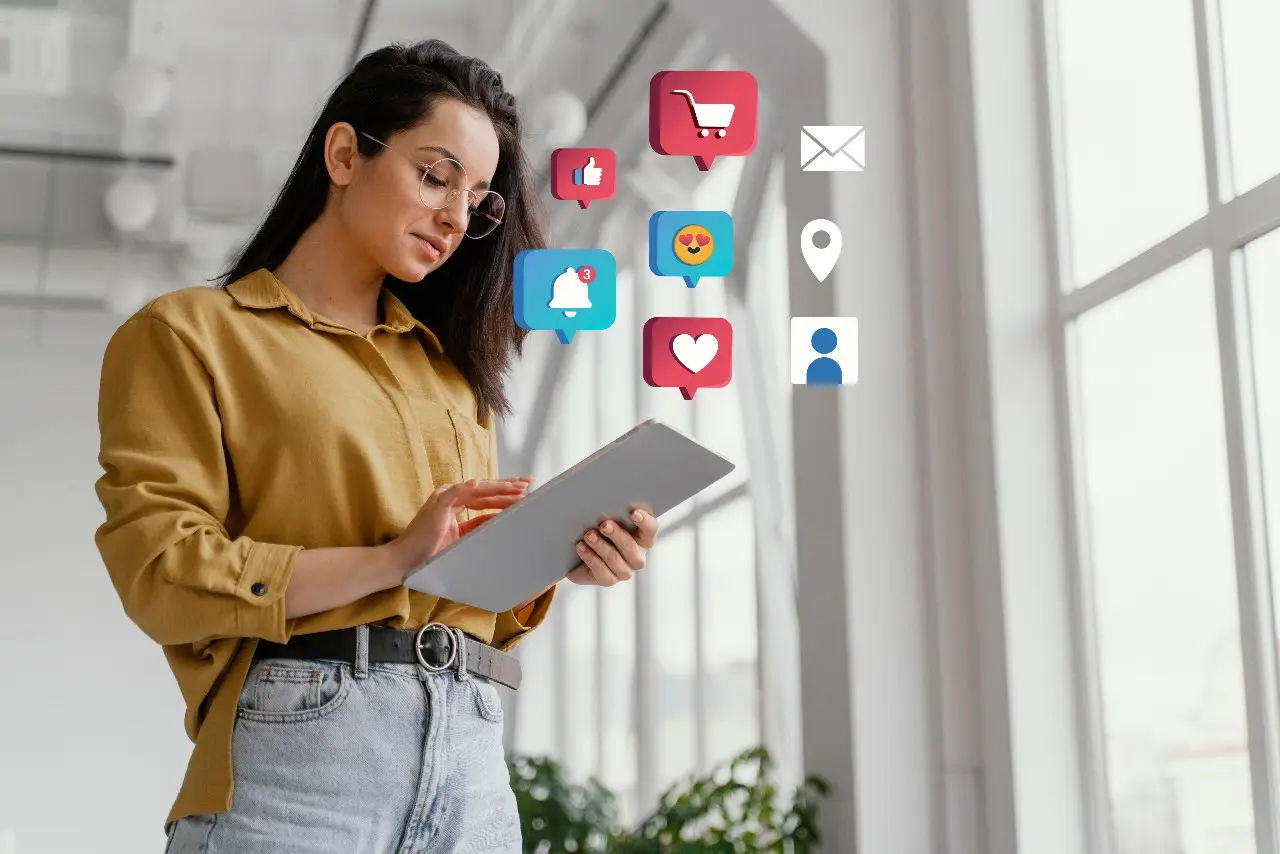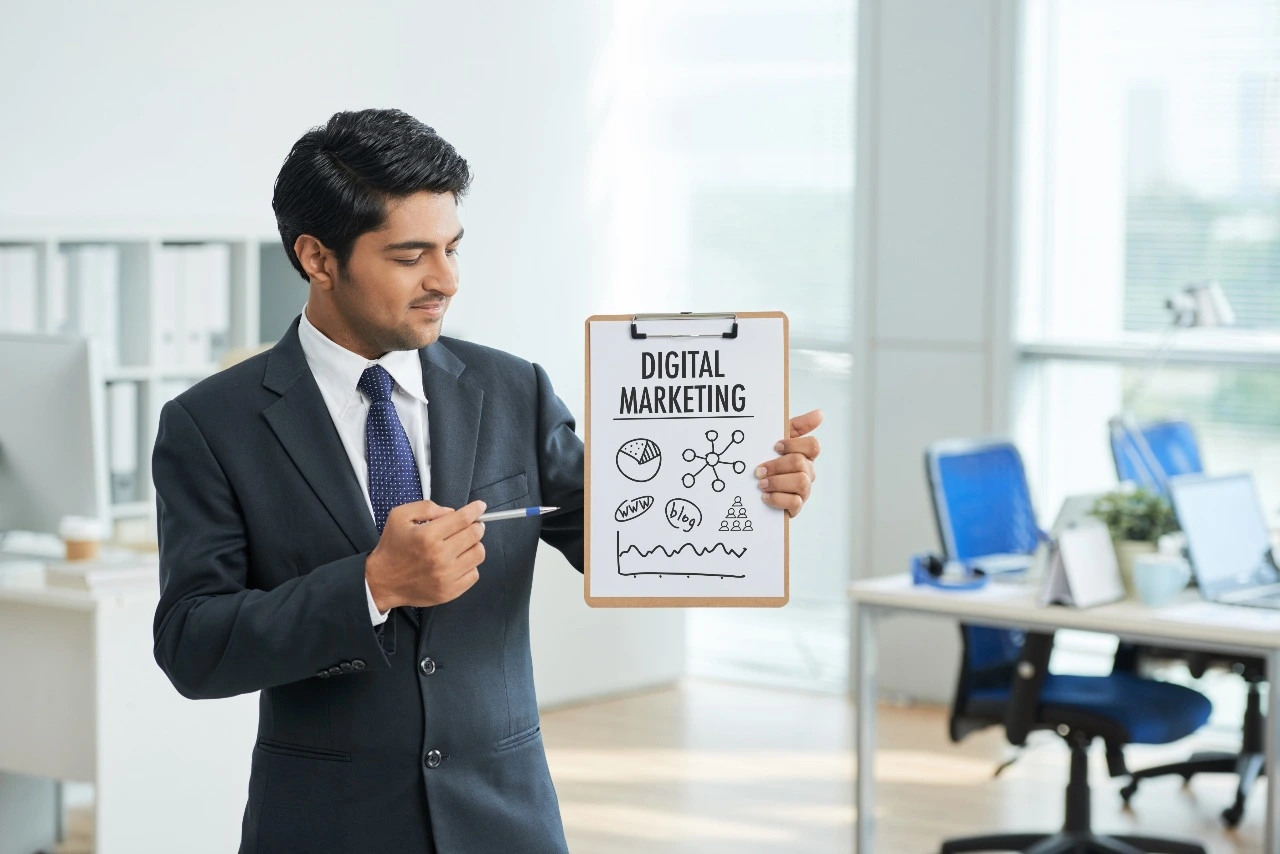Listen to article
In a rapidly evolving landscape, staying ahead of the curve is crucial, especially when it comes to event marketing. Forget the same old strategies; today’s successful brand experiences are being shaped by cutting-edge technologies and innovative approaches. Are you ready to explore the key shifts that will define events in the coming years?
From AI-powered personalization to the resurgence of in-person gatherings, several factors are converging to create new opportunities for engagement and connection. Understanding these current trends in event marketing is not just about keeping up—it’s about creating immersive, unforgettable experiences that resonate with your audience on a deeper level.
In this article, we’ll explore how AI and immersive technologies are redefining attendee engagement. We’ll also discuss the power of video and the comeback of in-person events, providing actionable insights to elevate your event strategy and connect with your target audience.
How AI is Reshaping Event Marketing Strategies
The integration of AI into event marketing isn’t just a futuristic idea—it’s happening now, fundamentally changing how brands interact with audiences. From predictive analytics to personalized attendee experiences, AI empowers marketers to streamline efforts while maximizing impact. However, while the efficiency of AI is unparalleled, maintaining authenticity and human connection is crucial to fostering trust and emotional engagement with audiences.
- By 2025, next-gen AI chatbots will be capable of providing 24/7 personalized customer support with significantly advanced understanding of natural language and intricate queries. Source
- AI-powered predictive analytics will allow marketers to anticipate customer preferences and behaviors, helping create hyper-personalized experiences that resonate deeply with attendees. Source
- According to Amex GBT, 50% of event planners are already using AI in their workflows, with 42% focusing on AI-powered attendee matchmaking, 41% adopting AI writing tools for content creation, and 39% using AI to measure attendee engagement. Source
- Over-reliance on AI-generated content can backfire. Studies suggest that audiences may perceive AI-driven communication as less authentic, with a lack of emotional depth potentially alienating attendees. Source, Source
- The chatbot market is expected to triple from $5.4 billion in 2023 to $15.5 billion by 2028, illustrating the sharp rise in automated customer interaction solutions. Source
The growing reliance on AI tools is shaping the way events are planned, executed, and experienced. By automating repetitive tasks, predicting attendee behavior, and providing tailored interactions, AI-driven strategies can help brands deliver events that truly stand out. However, the key to a successful integration of AI lies in balance—leveraging its efficiencies while preserving the authenticity achieved through human touchpoints.
Pro Tip:
Let AI handle the heavy lifting—such as analyzing data trends, automating attendee communications, or suggesting matchmaking opportunities—but ensure your team remains present for high-value, human-centric interactions. To enhance trust and connection, infuse AI-supported outputs with brand personality, humor, or heartfelt messaging to make your audience feel truly seen.
For businesses looking to refine their event marketing efforts and integrate AI-driven solutions as part of a broader strategy, adopting a B2B website strategy can help create a seamless online experience that complements in-person and virtual events.
Transforming Event Experiences with AR and VR Innovations
As technology evolves, augmented reality (AR) and virtual reality (VR) are no longer just tools for entertainment—they’ve become game-changers in the event marketing space, offering fresh ways to captivate audiences and create unforgettable interactions. These immersive technologies allow brands to bridge the gap between digital and physical spaces, delivering personalized experiences that drive deeper engagement and leave lasting impressions. Whether it’s enhancing on-site activities or transporting attendees to a virtual world, AR and VR redefine what’s possible in event marketing.
- Augmented Reality (AR) enhances real-world experiences by integrating digital elements, creating interactive and immersive engagements for event attendees. Source
- The global AR market is projected to reach $198 billion by 2025, indicating increased adoption of AR in mobile marketing and event experiences. Source
- Virtual reality (VR) filming will revolutionize videography trends, offering immersive experiences like front-row concert views or global travel from home. Source
A closer look at these numbers highlights a clear trend: AR and VR are quickly becoming indispensable tools in event marketing. By combining creativity with technology, brands can craft unique, interactive experiences that resonate on a personal level. For example, AR can turn an event floor into a digital playground with virtual product demonstrations, while VR can transport users into a 360-degree brand story.
Pro Tip:
To stay ahead, start experimenting with AR and VR to elevate your event strategy. Leverage AR for features like augmented scavenger hunts or interactive floor maps, and use VR to simulate environments that showcase your brand’s vision, products, or services in an engaging way. Additionally, integrating AR and VR into your broader digital marketing strategies for small businesses can ensure that your event marketing efforts align seamlessly with your overall branding and growth goals.
Unlocking Audience Engagement with Live Streaming and Short-Form Video Content
In the dynamic world of event marketing, video content has emerged as a cornerstone for capturing audience attention and driving engagement. The ability to tell a compelling story through live streaming, interactive formats, or short-form videos provides brands with unique opportunities to connect on a personal level. Whether it’s showcasing behind-the-scenes moments or delivering value-packed content, video immerses attendees into the brand experience like no other medium.
- Live video fosters trust and authenticity, enabling real-time interaction through product launches, Q&A sessions, and behind-the-scenes content on popular platforms like YouTube, Facebook, and Instagram. Source, Source, Source
- Brands are increasingly pouring resources into video platforms such as YouTube, TikTok, and Instagram to foster deeper consumer interaction. Source
- Short-form videos drive remarkable engagement: nearly all videos are watched for over 40% of their duration, and 30% of them achieve an average watch rate exceeding 81%. Source
- Video is now a staple in B2B marketing, serving purposes such as product demos, customer testimonials, and thought leadership. Affordable production tools make high-quality video content more achievable than ever. Source
- Platforms like TikTok, Instagram Reels, and YouTube Shorts are cementing short-form video as the go-to format for connecting with younger audiences in particular. Source
- Consumers increasingly turn to video for shopping inspiration, product reviews, tutorials, and even brand storytelling through behind-the-scenes content. Source
- Interactive and shoppable video content, paired with live streaming, will continue to play an essential role in crafting engaging marketing campaigns. Source
Takeaway: Video as the Heartbeat of Event Marketing
Video content isn’t just an option in your marketing toolkit—it’s the pulse that keeps your audience connected and engaged with your brand. Live streaming taps into the demand for real-time, authentic interactions, while short-form videos fuel today’s fast-paced content consumption trends. By leveraging video creatively, brands can amplify their event experiences, turning passive viewers into active participants.
Pro Tip:
To maximize your video strategy, embrace the power of collaboration. Encourage attendees to create user-generated short-form videos that showcase their experiences, and feature this content on your brand’s platforms for added authenticity. Bonus points for incorporating interactive elements, such as live polls or clickable product links, to further engage and convert your audience.
In-Person and Hybrid Events: Rekindling Human Connections in a Digital Era
As technology continues to dominate communication and marketing strategies, it’s clear that something irreplaceable happens when people meet face-to-face. In-person events are surging back, not as a dismissal of virtual experiences, but as a response to the growing need for authentic human interactions and immersive brand moments. Meanwhile, hybrid models are bridging the gap, offering flexibility and extended reach for brands to connect with larger, geographically dispersed audiences.
- A survey by American Express reveals that 59% of meeting professionals favor in-person-only events, with 21% leaning towards virtual-only formats and 20% preferring hybrid approaches. Source
- Live events have proven to cut through the digital noise, providing consumers with tangible, interactive ways to engage with a brand’s products and stories, making a lasting impression. Source
- For knowledge-seekers, 70% of attendees see in-person events as the most effective sources for training and professional development, reinforcing their value in specialized learning and networking. Source
This revival of live experiences underscores the undeniable value of face-to-face interactions in a world dominated by digital touchpoints. As brands aim to stand out in crowded markets, designing in-person events that deliver value beyond the transactional—through hands-on engagement, community-building, and one-of-a-kind experiences—will be essential. Hybrid models, on the other hand, allow businesses to scale their efforts by blending the intimacy of in-person experiences with the convenience of virtual access.
Pro Tip:
Leverage technology to enhance your in-person events rather than replace them. Use event apps, live polls, and interactive content to engage attendees on-site while extending the experience to virtual audiences—creating a cohesive, blended strategy that maximizes impact.
Conclusion
The current trends in event marketing underscore a pivotal shift in how brands connect with their audiences. From AI-powered personalization to immersive AR/VR experiences, the opportunities to create engaging, memorable interactions have never been more exciting—or more critical. Video content continues to dominate as a medium that builds trust and drives engagement, while the resurgence of in-person events highlights the enduring demand for face-to-face connections in an increasingly digital world.
However, success lies in balance. AI should enhance, not replace, the human touch, while digital tools like AR and video must complement rather than overshadow the authenticity of in-person experiences. By thoughtfully integrating these trends, brands have the chance to captivate their audiences, foster deeper connections, and stand out in a competitive landscape.
Are you ready to elevate your event marketing strategies and embrace the trends shaping the future? Whether you’re exploring the potential of AI, video, or hybrid event models, our full-service marketing pros can help you stay ahead of the curve. Don’t hesitate to get in touch and discover how we can turn your next campaign into a standout success.
About How Event Marketing Trends Are Shaping Brand Experiences
This article was written by the Scopic Studios team and reviewed by Araksya Hakobjanyan, SEO Lead at Scopic Studios.
Scopic Studios delivers exceptional and engaging content rooted in our expertise across marketing and creative services. Our team of talented writers and digital experts excel in transforming intricate concepts into captivating narratives tailored for diverse industries. We’re passionate about crafting content that not only resonates but also drives value across all digital platforms.
Note: This feature blog’s image are sourced from Freepik.




